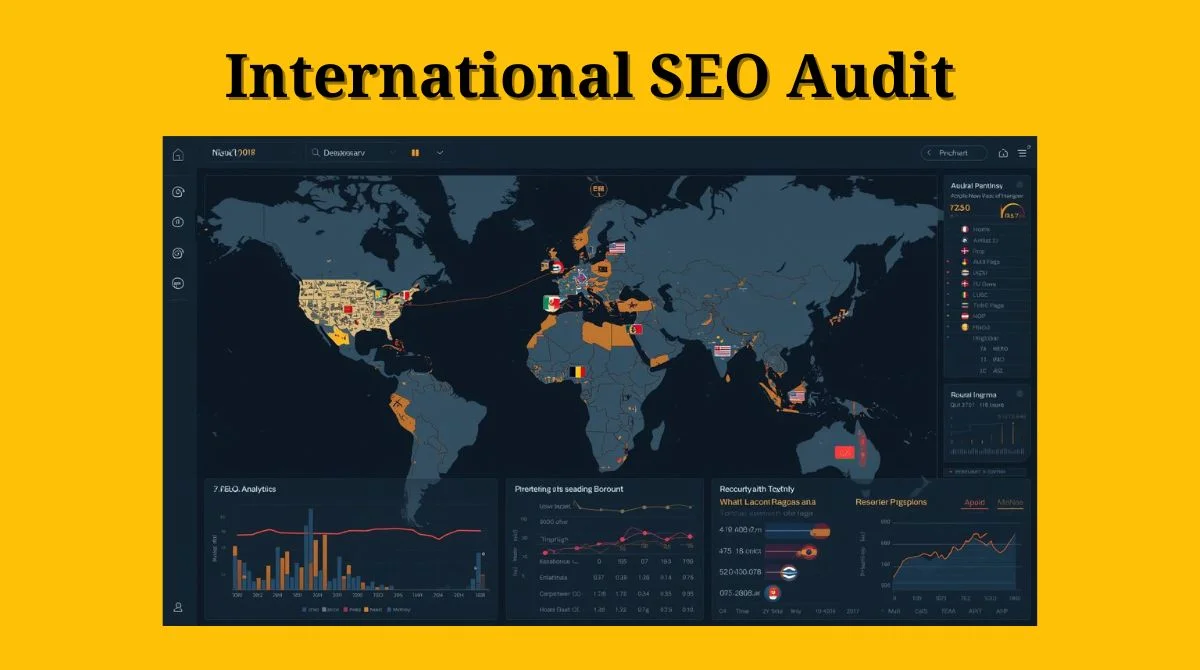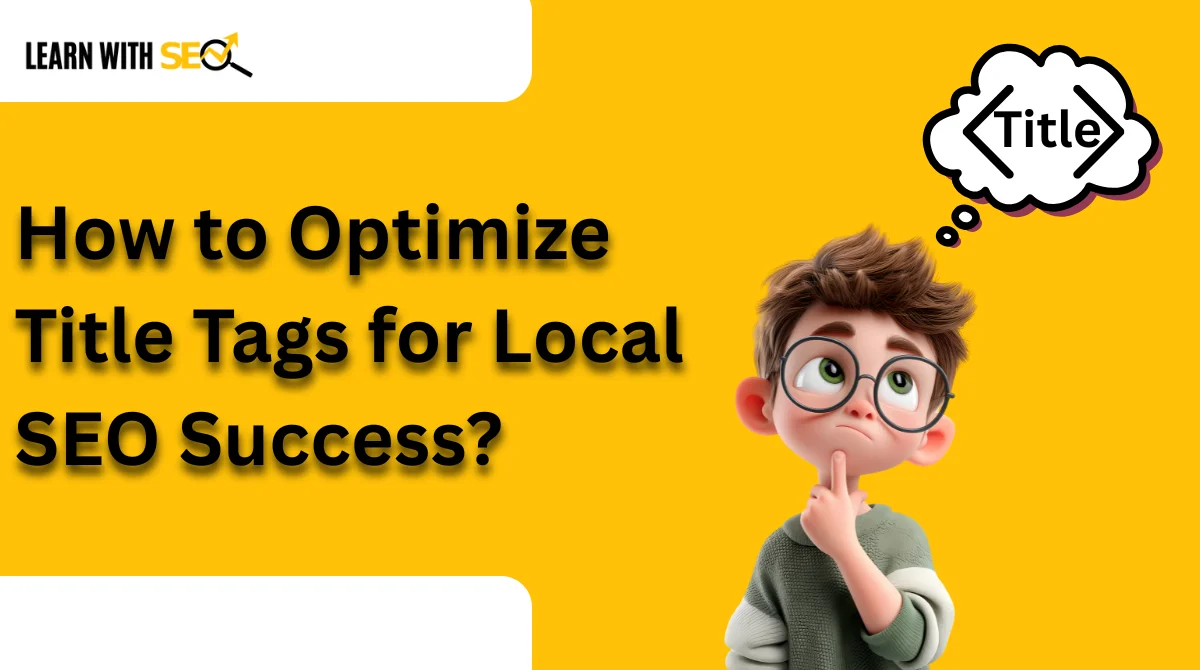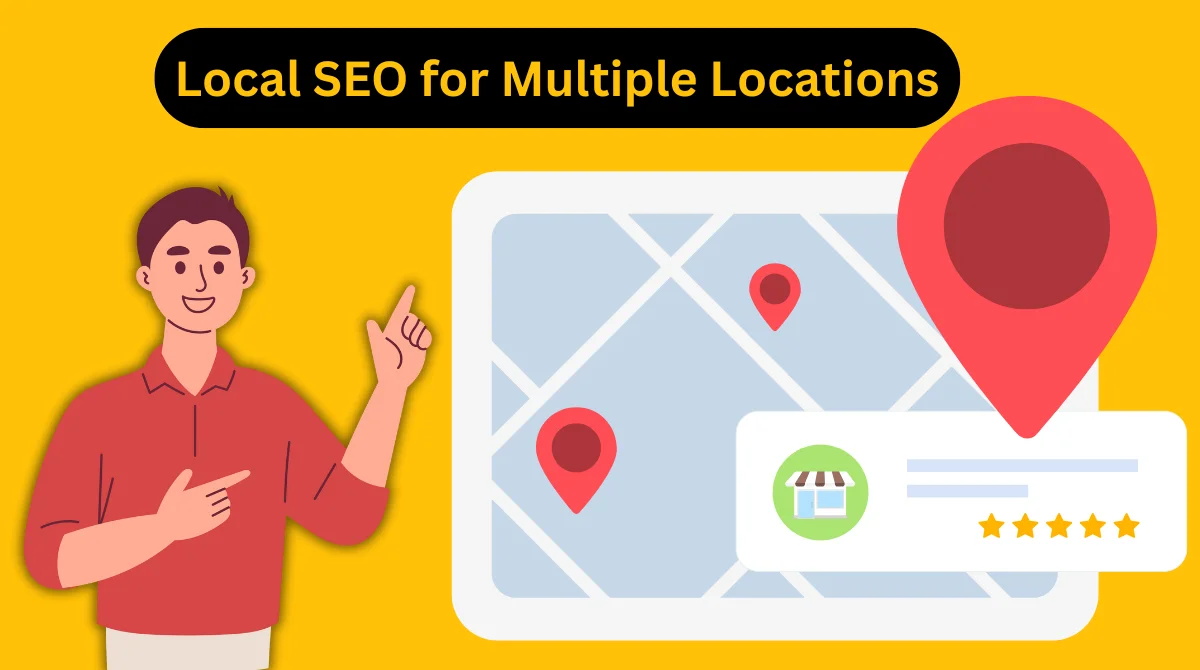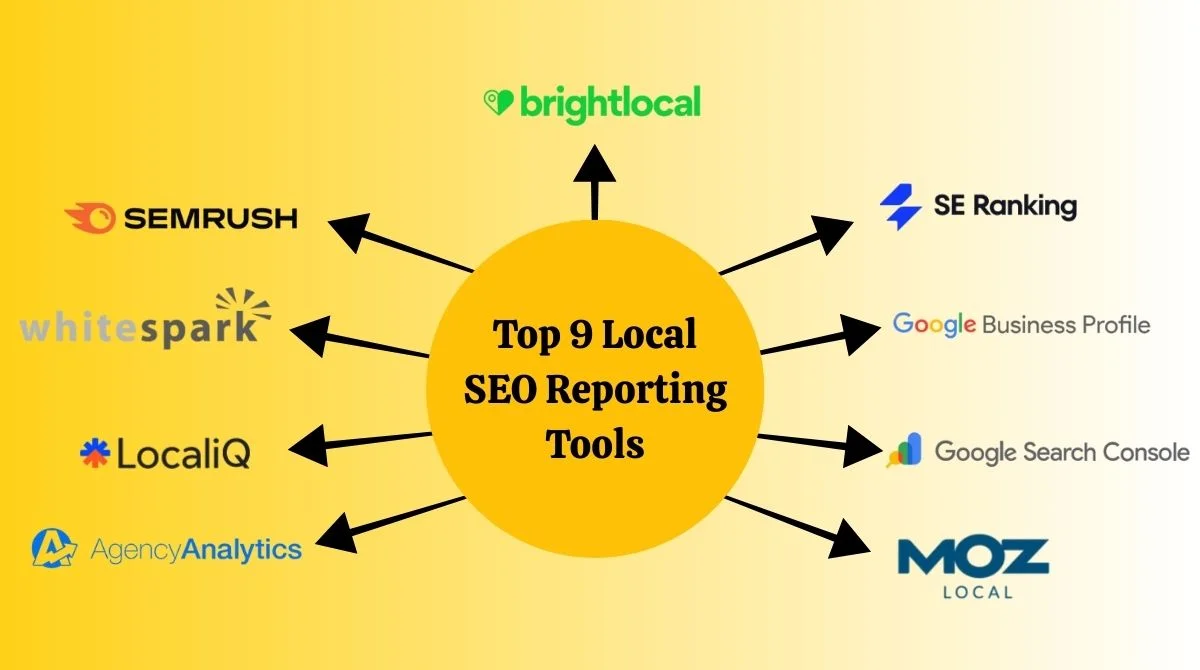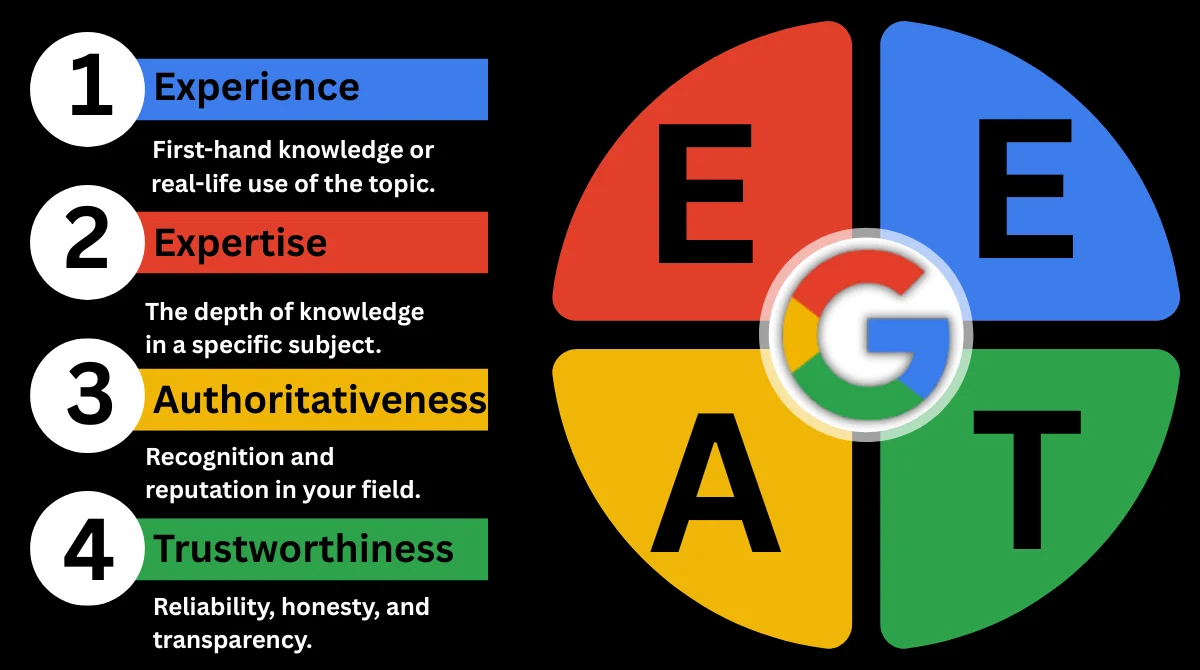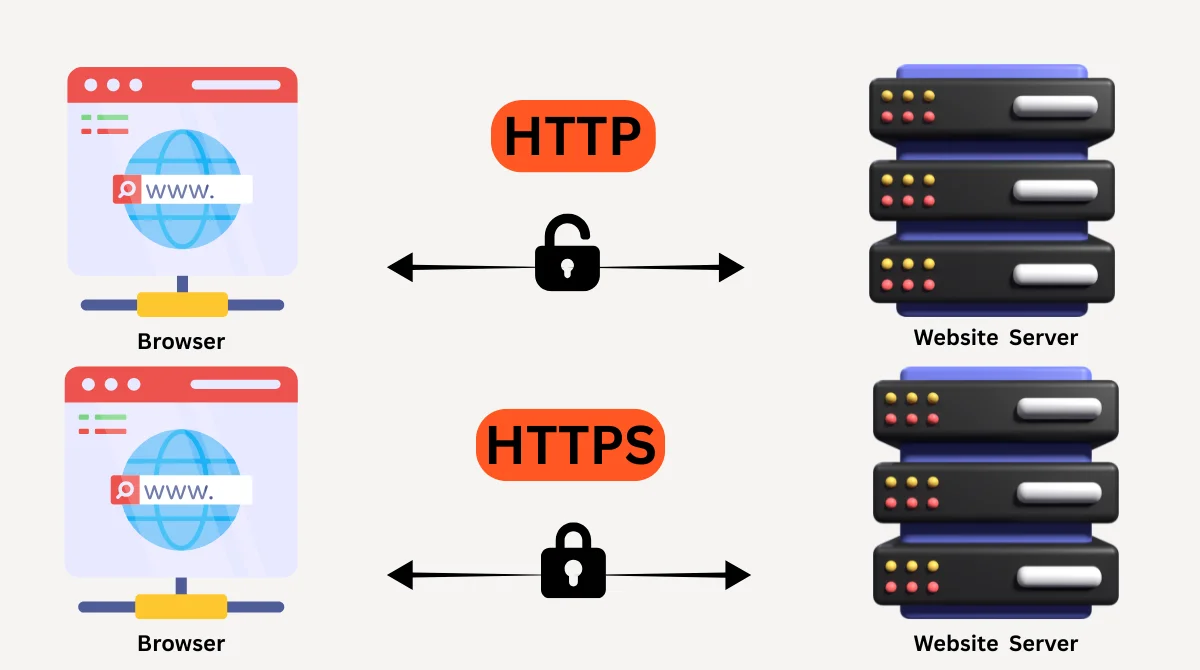Local SEO is more than just getting your business on Google Maps. It’s about using the right data to understand your local audience, track your performance, and make smart changes to your marketing strategy. Whether you run a coffee shop, a local service business, or a growing retail store, the way people search for you in their neighborhood matters. And the data you collect from local SEO can show you exactly how to grow.
Why Local SEO Data Matters?
Before jumping into the strategies, let’s quickly understand why local SEO data is powerful. Local SEO data tells you things like:
- How people in your area are searching for your services?
- Which keywords bring them to your website or Google Business Profile?
- What actions customers take (calls, directions, website visits).
- Which competitors are ranking higher in your area?
- What reviews and feedback do customers leave for you?
When you analyze this data and act on it, you make smarter decisions. Instead of guessing what works, you use real insights to adjust your strategy and connect with more local customers.
5 Practical Ways to Adjust Your Strategy with Local SEO Data
Your local SEO data holds the key to smarter decisions. By analyzing it carefully, you can refine your strategy, attract nearby customers, and stay ahead of competitors.
1. Use Search Query Data to Refine Local Keywords
One of the first places to look is search query data from tools like Google Search Console or Google Business Profile Insights. These show you the exact words people type when they look for your business or services.
For example, if you own a pizza restaurant in Chicago, you might expect people to search for “pizza restaurant Chicago.” But the data might show that locals are searching more for “late-night pizza near me” or “family pizza deals Chicago.”
When you see this, you can:
- Add those phrases naturally into your website content.
- Update your Google Business Profile description.
- Write blog posts or FAQs targeting those exact searches.
- Create offers or services that match the demand.
By aligning your content with local search intent, you meet customers exactly where they are.
2. Track Engagement Metrics to Improve Local Listings
Your Google Business Profile is often the first impression people get of your business. Local SEO data tells you how many people view your listing, call you, request directions, or click through to your website.
If you notice that your listing gets a lot of views but few calls, it may mean something is missing. Maybe your photos aren’t appealing, or your phone number isn’t easy to spot. Or if people are clicking for directions but not showing up, maybe your hours are incorrect.
To adjust your strategy:
- Regularly update your profile with fresh photos.
- Double-check that your business hours, phone number, and address are accurate.
- Add special offers or seasonal updates to attract clicks.
- Respond quickly to the questions people ask on your profile.
By improving engagement, you turn casual views into real customers.
3. Analyze Competitor Data to Find Gaps
Local SEO isn’t just about your business; it’s also about what your competitors are doing. With tools like SEMrush, Ahrefs, or even a simple Google search, you can see which businesses appear higher for local keywords.
Ask yourself:
- What keywords are they ranking for that I’m not?
- Do they have more customer reviews than I?
- Are they using local content like blogs, videos, or FAQs?
- How often are they posting updates on their Google Business Profile?
Once you find gaps, adjust your strategy. For example:
- If competitors rank for “emergency plumbing services,” but you don’t, create a dedicated page for it.
- If they have 500 reviews and you only have 50, make collecting reviews a top priority.
- If they’re posting weekly updates and you’re not, schedule regular posts about events, offers, or tips.
Competitor analysis ensures you don’t miss opportunities your local rivals are already using.
4. Monitor Customer Reviews and Sentiment
Reviews are a goldmine of local SEO data. They not only affect your Google ranking but also reveal what customers think about your business.
Imagine you run a fitness studio. If reviews often mention “great trainers but limited parking,” that’s valuable feedback. It tells you a recurring problem you might need to solve. Similarly, if customers rave about your “affordable classes,” that’s a strength you should highlight in your marketing.
To adjust your strategy with review data:
- Respond to every review, positive or negative, to build trust.
- Use common keywords from reviews (like “affordable,” “family-friendly,” or “fast service”) in your content.
- Address negative feedback openly, showing potential customers you care.
- Encourage satisfied customers to leave reviews by sending follow-up emails or offering small incentives.
This not only improves your ranking but also helps shape a stronger local brand.
5. Measure Mobile and Voice Search Behavior
Most local searches today happen on mobile devices, and many are voice searches like “best coffee shop near me” or “dentist open now.” Your local SEO data can reveal how many of your visitors come from mobile or voice-enabled devices.
If most people find you on mobile:
- Make sure your website is fast and mobile-friendly.
- Keep your contact details easy to tap (call, directions, booking buttons).
- Use structured data (schema) to make your business info easy for search engines to understand.
If voice searches are common, focus on conversational keywords. For example, instead of targeting “plumber New York,” also include natural phrases like “Who is the best plumber near me in New York?”
By aligning with mobile and voice search data, you make your business more accessible to people in real-time moments of need.
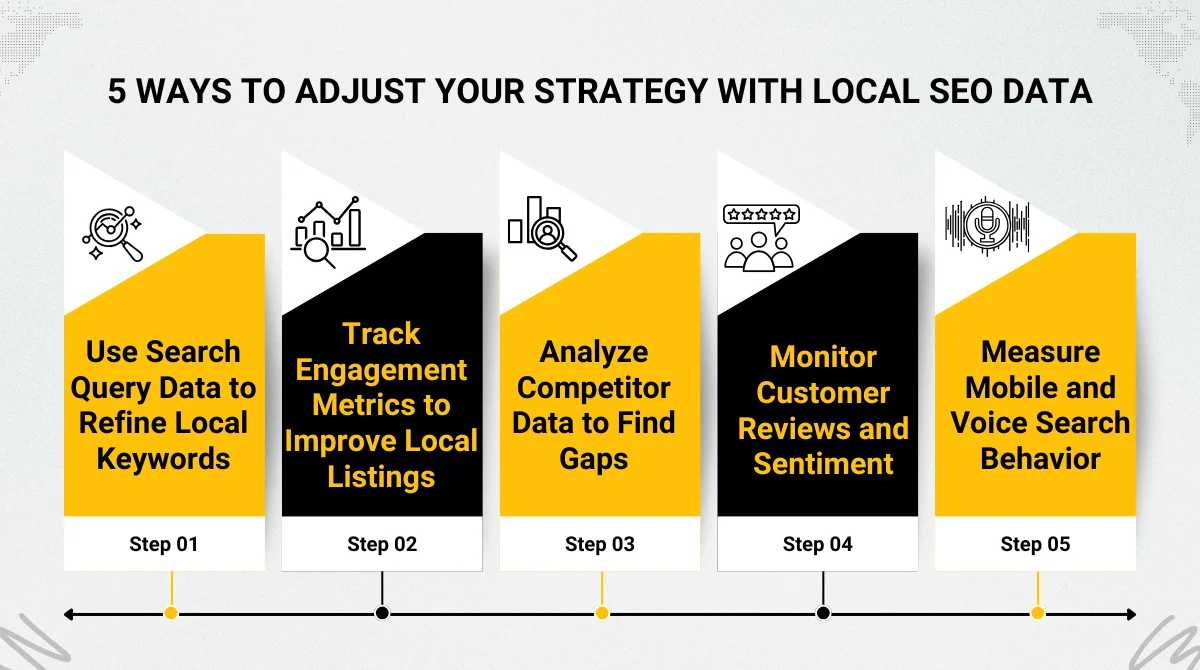
Bringing It All Together
Local SEO data is like a compass for your business growth. Instead of wandering in the dark, you get clear signals about what customers want, how they search, and what works best in your area. By applying these five methods, refining keywords, improving listings, studying competitors, analyzing reviews, and adapting to mobile/voice, you build a flexible strategy that keeps improving over time.
The beauty of local SEO is that it’s never static. Your community changes, your competitors change, and search behavior changes. The businesses that grow are the ones that keep adjusting. Use your data as a guide, take small but consistent actions, and you’ll see your visibility and customer base grow stronger every month.
Frequently Asked Questions (FAQs)
1. How often should I check my local SEO data?
It’s best to review your local SEO data at least once a month. However, businesses in competitive industries should check weekly to spot trends, track competitors, and act quickly on opportunities.
2. What tools are best for analyzing local SEO data?
Some useful tools include:
- Google Business Profile Insights
- Google Search Console
- Google Analytics
- SEMrush or Ahrefs (for competitor analysis)
- BrightLocal or Moz Local (for listings and citations)
Read More: Top 9 Local SEO Reporting Tools for Small Businesses
2. Can customer reviews really affect my local SEO ranking?
Yes. Reviews play a big role in local SEO. Positive reviews improve trust and ranking, while responding to negative reviews shows credibility. The keywords customers use in reviews also help boost visibility in search results.
4. How does voice search change local SEO strategy?
Voice searches are more conversational. Instead of short keywords like “dentist New York,” people ask full questions like “Where can I find a dentist open near me in New York?” Optimizing for natural phrases and FAQs makes your business more discoverable in voice search.
5. What’s the difference between local SEO and traditional SEO?
Local SEO and traditional SEO differ in scope. Traditional SEO focuses on global or national visibility, while local SEO targets customers in a specific area. Local SEO relies more on map listings, reviews, and location-based keywords to attract nearby customers.
6. How can I beat my competitors in local SEO?
To outrank competitors, focus on collecting more reviews, posting regular updates, improving your Google Business Profile, and targeting local keywords they may be missing. Analyzing competitor data also helps you identify content and service gaps.
Conclusion
If you’ve been treating SEO as a one-time setup, it’s time to shift your mindset. Local SEO data gives you continuous feedback, like a conversation between you and your customers. The more you listen and adjust, the more your strategy works for you.
So, start checking your insights regularly. Don’t just look at numbers look at the story they tell. Use those stories to refine your marketing and make smarter moves. That’s how you win in local SEO.



